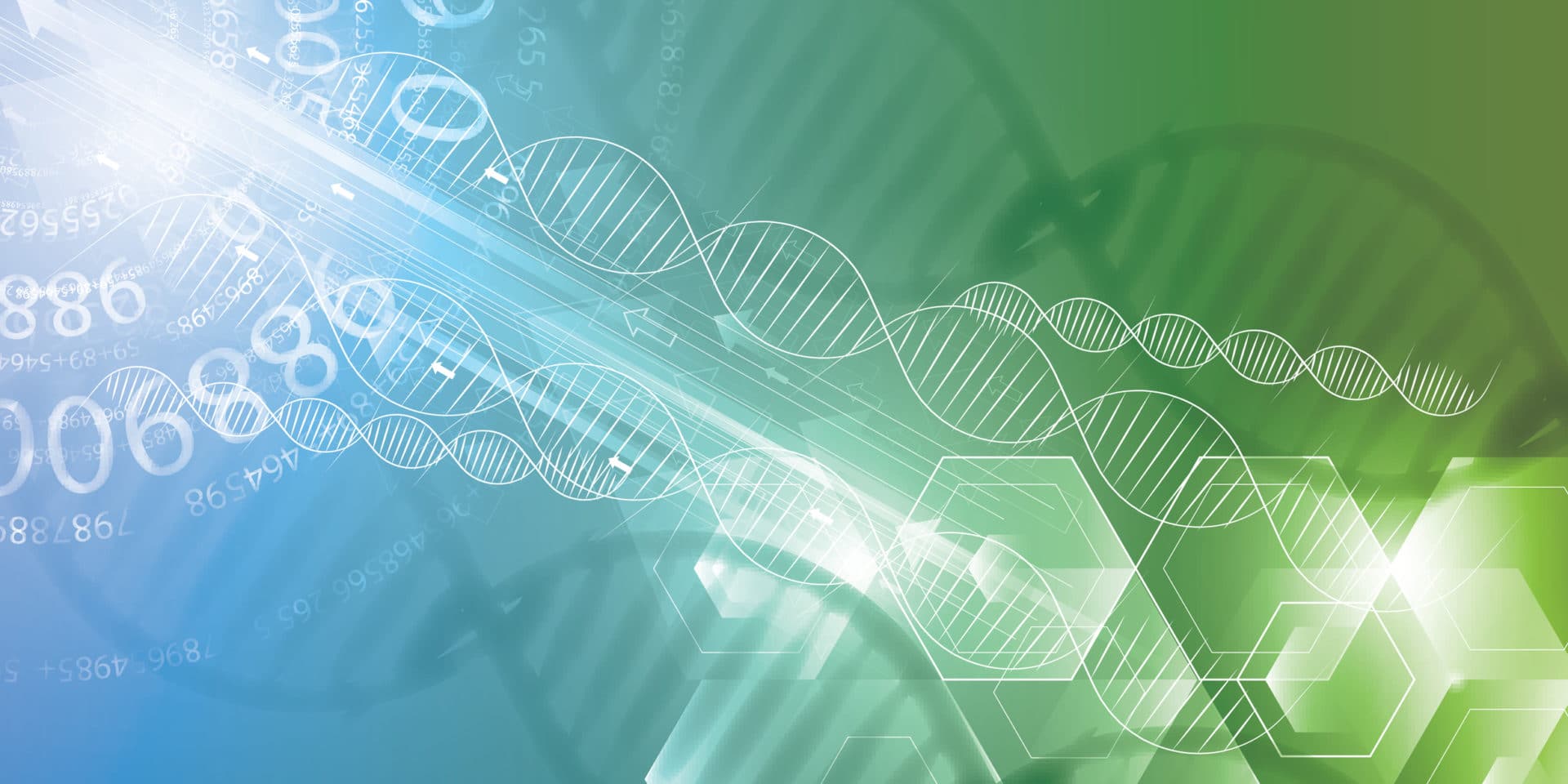Five Reasons Why You Should Buy Not Build Enterprise Software

In the age of open-source software, it’s tempting to solve your data problems by building your own tools. Here at Tamr our biggest competition is not other software companies but telecoms, multinationals and oil and gas giants who are building their software in-house. In this blog post, I’ll cover five reasons why buying software is a better strategy for your business.
1) Building great software takes time and teams with diverse expertise
Building a simple data unification algorithm is easy – we often ask our interview candidates to create one in less than a day. What’s difficult is building data unification software that works reliably at very large scale, with high data variety, and an intuitive user interface. We’ve been working on that problem for over seven years since our origins as a research project at MIT and the University of Waterloo. We have a talented team of engineers, research scientists, designers, and product managers who have brought us to the point of being able to unify data across many domains, from customers to oil wells to clinical studies. If you’re facing a simple data unification problem with a small number of clean datasets, a home-grown solution will work. If instead, you have messy, enterprise-scale data, Tamr can solve the problem for you.
2) A successful implementation needs ongoing support
One of the challenges of building software in-house is the need to provide ongoing support to the users of that software. If your tool is used across the enterprise, you’ll need a team that can help implement the software for new use cases and support users as they encounter issues. Our professional services team works with our customers to implement Tamr and ensure project success. They’ve helped Toyota unify customer data for 30 million people across 7 countries in Europe. And they transformed billions of records into a common data model for GSK. Even once Tamr is running in an automated data pipeline, our team is still available to troubleshoot or brainstorm new projects.
3) Ongoing development is needed to take advantage of new technologies
At Tamr we’re continually developing our software to build new capabilities and take advantage of new technologies. A great example of this is the development of our low-latency match service. This service prevents pollution at the point of data entry by indicating whether the data being entered already exists in some better form. Building low-latency matching was no small feat: we had to change our data storage technology to enable sub-second queries of the data within Tamr. Nonetheless, low-latency matching had the potential to produce transformational outcomes for our customers by increasing their data quality and operational efficiency and so we made the necessary investment to develop it. It’s this constant investment in R&D that enables us to keep delivering value to our customers as technology changes.
4) Software companies have solved the same problem before
Many companies face the same data unification problems. For example, in biopharma, companies have to transform their messy clinical trial data into a common format for submission to the FDA. This is a problem we’ve now solved at many large pharmaceutical companies. With each new customer, we’re able to provide better tools and a more efficient approach to solving the problem. Our customers also share their experience with each other at our Life Sciences User Group. When you buy Tamr, you’re buying not just software, but expertise that couldn’t be developed in-house.
5) Buying software enables you to build a modular, best-of-breed DataOps toolkit
A modern DataOps ecosystem has many different components: tools to catalog, move, unify, publish, and collect feedback on your data. Building each of these tools in-house would be a herculean task, especially when different teams need different combinations of tools. On the other hand, buying these components has many advantages. You can swap out old components as new tools become available or add new components as the need arises. At Tamr, we build our software to be interoperable so it’s easy to incorporate Tamr into your DataOps ecosystem.
Get a free, no-obligation 30-minute demo of Tamr.
Discover how our AI-native MDM solution can help you master your data with ease!




